Trout Deformities

I SPOTTED THIS LITTLE GUY IN A HATCHERY SUPPORTED STREAM IN NORTH CAROLINA AND FISHED TO HIM UNTIL I CAUGHT HIM SO I COULD GET A PHOTO.
While not common exactly, deformities like this are not unusual in either hatcheries or in the wild but you seldom see a ‘special’ fish like this in a wild stream. Nature deals with this sort of thing in short order. In a hatchery, however, a fish like this will do fine and grow to maturity.
This brook trout would have been a solid 16 inches if he were normal. A buddy suggested I bank him. There was no need. This kind of deformity stems from injury to the fish’s spine early in life. There are no defective genes or disease to pass along so I released him. After all, he plays an important role in the ecosystem, at least from the otter’s perspective.
There can certainly be problems with hatchery raised fish. Disease and poor genetics can wreak havoc on wild populations. On the whole, I think North Carolina does a good job and it’s important to remember that this is a regional issue that is best evaluated by region. What’s right for a trout stream in North Carolina is not right for a steelhead river in Oregon. That’s another topic worth some considerable ink, but not just now.
It did get me thinking about some more troubling fish deformities. Specifically Idaho’s two-headed trout. There was a little bit of excitement about it when the New York Times published photos, in February of 2012, of the deformed fish which were
Read More »Concentration, Relaxation and Communication Equal Better Bonefishing
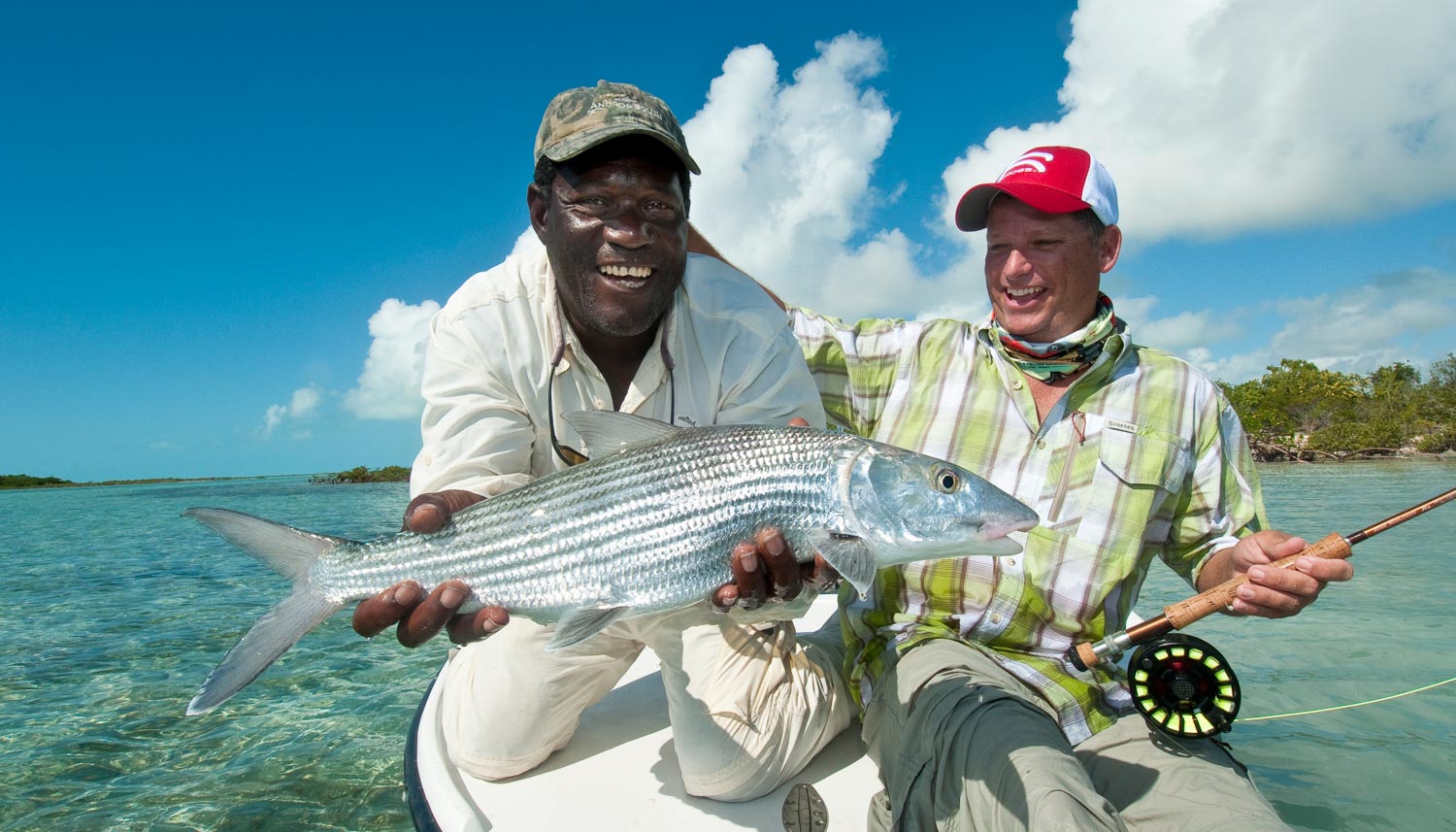
By Louis Cahill
Concentration, Relaxation and Communication. I wish I could claim those words.
I’m quoting Jose Sands, bonefish guide at Andros South Bonefish Lodge. That was his answer when I asked what he thought was the key to successful bonefishing. As usual, he nailed it.
Plenty of anglers are frustrated or intimidated by bonefish. Bonefishing is a complex game with a lot of moving parts and all too often what should be a simple formula breaks down completely. When that happens it’s usually because one or more elements in Jose’s recipe are missing. It’s easier said than done but if you can accomplish these three things, the pieces start to fall into place.
COMMUNICATION
Most saltwater fishing is a team sport. Whether fishing with friends or a guide, you are generally depending on someone else to help you find fish and make a good presentation. Things happen quickly and everyone needs to be on the same page and communicating efficiently to make it work.
There are some universal ideas that everyone needs to understand in order to have good communication. Understanding the bow clock, for instance. When your guide tells you there is a fish at eleven o’clock, forty feet, moving right, it should be a simple thing to find that fish. You learn pretty quickly however, that everyone’s forty feet is not the same and even your guide will occasionally lose track of where eleven o’clock is.
It pays to take a minute at the start of the day to pick an object like a mangrove sprout and decide how far away it is. That helps you calibrate for the day. I find that guides often call out distances that seem much farther than I think is realistic. Not because they don’t know how far away the fish is, but because we are looking at it from very different perspectives. Mine on the bow, and there’s, from the platform at the back of the boat. It’s also worth the time it takes to look at the bow of the boat and confirm where twelve o’clock actually is before you waste a lot of time looking for fish in the wrong spot.
Guides will also use terms like “drop the fly” and “shoot the fly,” to indicate how it should be presented. Drop means you are already carrying enough line for a good presentation, while shoot indicates that you need to let some line go on your delivery. These kinds of directions vary from guide to guide, so take the time to ask early on. It’s impossible to over emphasize the importance of good communication.
I have about a 40% hearing loss and it’s a huge challenge for me. I remind my guide several times during the start of the day that I am deaf as a post. No guide likes to shout in the presence of bonefish but if I can’t hear their direction we both wind up frustrated.
CONCENTRATION
The thing I enjoy the most about bonefishing is the same thing that makes it so difficult.
Read More »5 Tips For Better Dry Fly Fishing From Ronnie Hall
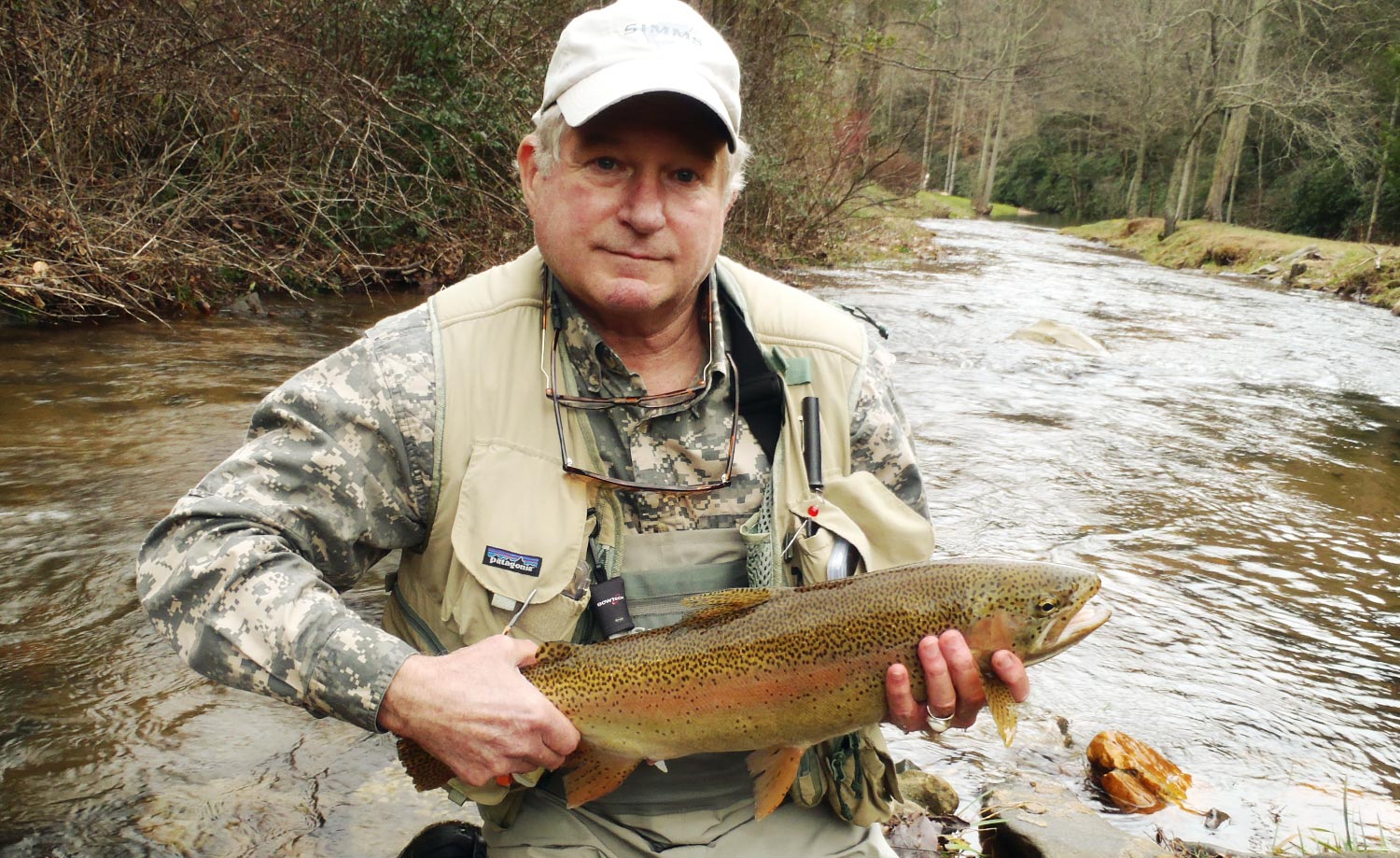
There are few things more rewarding than a wary trout rising to a dry fly.
Seriously, who doesn’t love fooling fish on a dry fly? Rising fish are like puzzles waiting to be solved and when they are, the angler is rewarded with one of the greatest visual displays in fly fishing. The rise.
Unfortunately, there is also the agony of defeat. All too often your offerings may be refused or worse, just plain ignored. Hold on, don’t go for the cherry bombs just yet. Our buddy Ronnie Hall (Yoda in residence at the Fish Hawk in Atlanta,) has 5 tips to help you unlock the puzzle of rising trout.
#1 Presentation is always the most important aspect of fly fishing, especially when it comes to dry fly fishing. As the British say, “It’s not the fly, it’s the driver.” Practice making the proper casts to achieve a totally drag-free drift. Practice your reach cast. Take the time to get into position. Accuracy is a part of presentation too. Getting your fly to float directly in the fish’s feeding lane is a must. Large trout will not waste energy moving any distance to eat a small fly. Trout are very efficient in their eating habits. They don’t waste energy!
#2 Color, know when it matters. On bright days trout see color more accurately. During some hatches, like tricos, trout may use color to target egg-laden females. Color is not always the most important consideration in choosing a fly. Often silhouette is more critical, especially when fishing opaque imitations, such as beetles or hoppers.
#3 Size matters. When unsure of dry fly size, always go smaller. Selective fish will always more readily accept an imitation which is too small over one which is too large. Often mistakes in size are angler error. It is a human shortcoming to imagine things larger than they are. If you can, catch an insect and compare.
#4 Watch out for masking hatches.
Read More »Cobia on the Fly
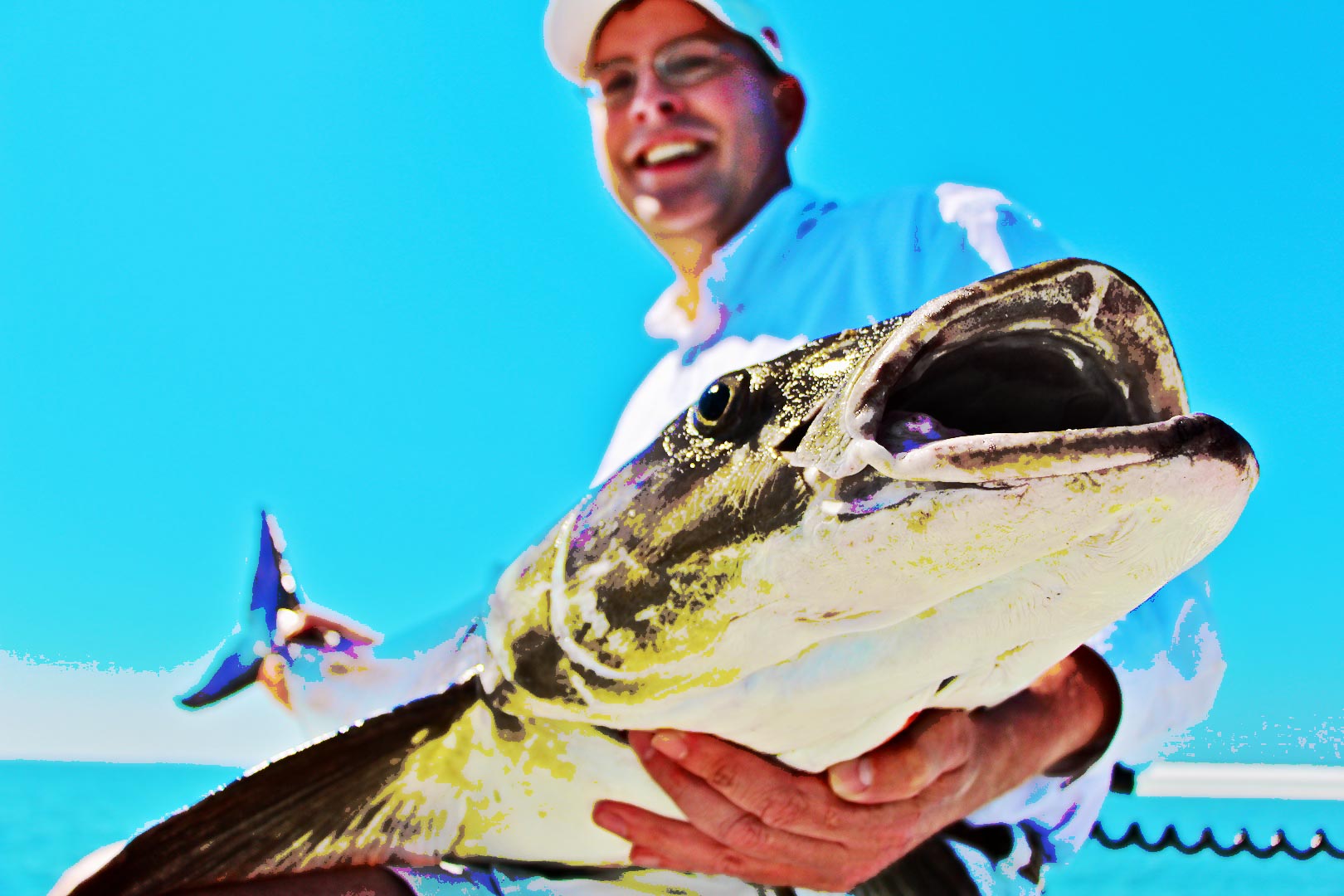
By Owen Plair
ONE THING I ABSOLUTELY DESPISE ABOUT THE SPRING IS POLLEN.
It seems like every time I wash the skiff, in just a matter of minutes it’s tainted by the yellow crap we call a sign of spring. There is one thing, and one thing only, that I do like about all the damn pollen. It means it’s only a matter of weeks before I start packing the 11 and 12 weights on the skiff for the big brown Cobia as they start to show up here in the Broad River.
I was born and raised on this river and have been fishing it since I was 3 years old. What makes this river special to me is, in addition to being an excellent fishery for Redfish, it hosts other species through out the year including Tarpon, Triple Tail, Sea Trout, Flounder, Jacks, Spanish, Blues, Lady’s, and very well known Cobia.
Around the last week of April, or when the water temperature hits around 68 degrees, the Cobia start to move into the Broad River here in Beaufort, SC. What’s cool about these Cobia is, they come inshore 8-10 miles to spawn. Cobia are an offshore species and can be found on near-shore wrecks or off the beaches from Key West all the way up to the Chesapeake Bay.
IMG_5446_2Most places, you catch Cobia swimming under rays, jigging them up from the bottom, or cruising the surface looking for bait. Here, they offer some really great sight fishing on the fly and put up quite a fight, being between 10-80 lbs on average. They’re also a very popular species for the dinner table.
What makes our Broad River Cobia unique is that they are their own strain of Cobia. The fish that come inshore every year to spawn in the Broad have their own unique genetics, compared to all the other Cobia. This was discovered a few years ago by scientists from the South Carolina Department of Natural Resources. So, the Cobia we target on fly in the River are from a long line of fish that have been coming into this river to spawn for who knows how long.
I started Fly Fishing for these fish about 7 years ago and it’s still one of my favorite seasons to guide, because of how special it is targeting this offshore species so far inshore. When the water temperature hits around 68 degrees the Broad River turns into an vibrant estuary filled with various different bait fish, sea turtles, jelly balls, spanish, blues, in blueish/green water similar to the Gulf of Mexico.
HERE’S HOW YOU TARGET COBIA SIGHT FISHING ON FLY?
Read More »Catching Air

By: Alice Tesar
My outdoor gear is always put to the test when I take it for a spin with my toddler. Recently my partner and I were fishing with him at a local spot that has a wide rocky bend. We let him play around, eat a few rocks, and investigate sunbathing snakes while we got some casts in. I paused to tie on a new fly and he hobbled over to me to inspect my choice. He gestured to hold my rod and while I repeatedly offered him to hold my net instead, he insisted on the rod and began to throw a tantrum. In a moment of trust or parental weakness — it is all a blur — I let him hold the rod. In a split second, he had run two-rod lengths down the shoreline and was jamming my 4 wt. Winston Pure under the water, bent in a right angle, back-and-forth in the freestone river bed. As fast as he got away, I was bear hugging him, the rod, the net, and, well…the fly was hugging my thumb with its barb. To my surprise, the rod and all its guides were still intact. Everyone talks about the Winston Feel but I think the Winston “Durability” also needs some credit. The three of us regrouped, removed the barb from my thumb, the tantrum prone toddler went back in the pack and we cast on.
I was relieved to see that the rod was casting fine given its recent assault. The Pure is a dry fly rod made for precise presentations and light flies and it is spring in the Rockies which means deep nymph rigs. Nevertheless, it was a new rod and I was looking to put it to the test. With some effort it cast my weighted nymph rig sufficiently but the true magic of a rod like the Pure is its presentation of a dry fly. Feeling the flex in my palm, the nearly weightless rod shoots a size 18 CDC Midge to the top of the riffle. A long, slow drift made effortless by the rod’s flick-of-the-wrist mending capacity. We did cast dries to a few rising fish as the morning went on, but as happens more frequently now due to the wandering toddler, I’m not paying as close attention to the river’s hints nor the trout’s take. We left skunked but with our rods intact.
When we became a family of three, we were gifted a book that we condemned to the shelf immediately.
Read More »What Every Fly Angler Can Learn From Tenkara

I DIG MY TENKARA ROD AND I’M NOT ASHAMED OF IT.
It seems like there are only two camps when it comes to fishing tenkara. Those who love it and those who hate it. I think the general sentiment of the haters was summed up pretty well by good friend Dave Grossman of SCOF.
“You know the hardest part about tenkara?…Telling your dad that you’re gay.” – Dave Grossman
Well, my father passed away years ago so I guess I’ll tell you. I think I’m gay for tenkara.
Don’t get me wrong, I’m not putting all of my two handers on eBay or chucking out the bonefish rods. I will continue to carry way too many flies and a bag of split shot but I’m taking this willowy little rod seriously and I think you should too.
I’m new to tenkara. I’m not going to pretend to be an expert. We have an expert (Daniel Galhardo of Tenkara USA) writing tenkara content and I encourage you to submit questions for Daniel to answer. What I am prepared to do is tell you why I’m excited about tenkara and what I think it offers to every fly angler.
You’ve probably heard that tenkara is fun. That’s very true. It’s also simple, affordable, convenient and aesthetically pleasing. Those are all good reasons for the sudden popularity of tenkara but there is a whole lot more going on in this ancient Japanese art of angling. Tenkara is making a whole lot of people better anglers.
“It’s between the fish and the fly, man. Take yourself out of the equation.” – Tori Bevins
That quote from bonefish guide Tori Bevins is to this day my favorite bit of fly fishing wisdom. Tori wasn’t talking about tenkara, but he could have been. The lesson is the same. Fly fishing is magic. Not in the Merlin sense but in the David Copperfield sense. It is the art of illusion. The art of making someone, in this case a fish, believe with all their heart in something utterly implausible.
Read More »Sitting On Top Of The World
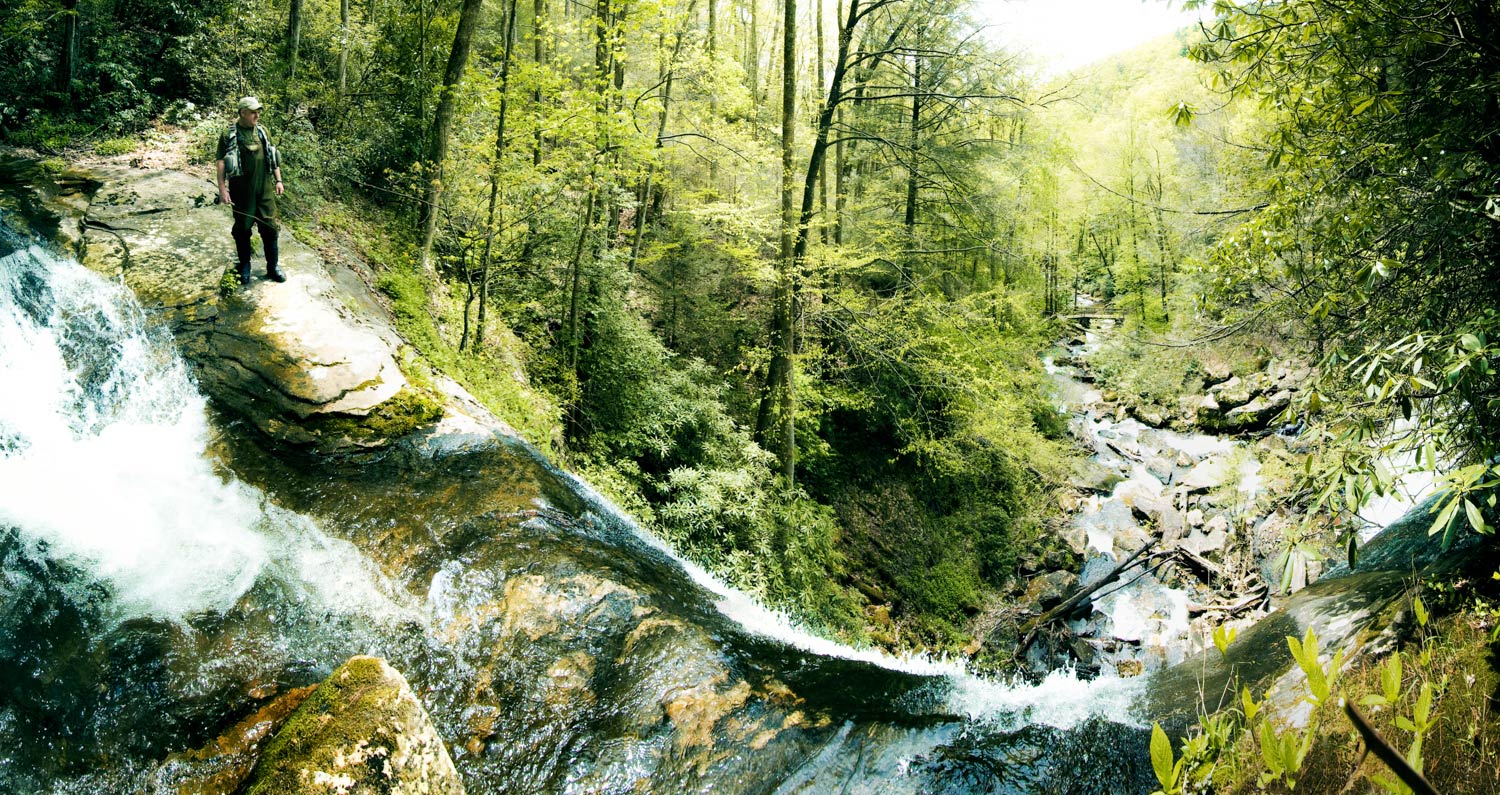
DAN FLYNN STALKS BROOK TROUT IN AN UNDISCLOSED LOCATION.
Summer is here and for those of us in the southeast it’s time to beat it to the headwaters for a little Brookie fishing. If that’s your game, water falls like this one over a hundreds feet high are part of the program. No one is going to tell you where to find wild native brook trout. You’ll need a good topo map and some thick boot soles.
Just watch that last step. It’s a doozie.
Read More »Restore an Old Bamboo Fly Rod #5: Video Series
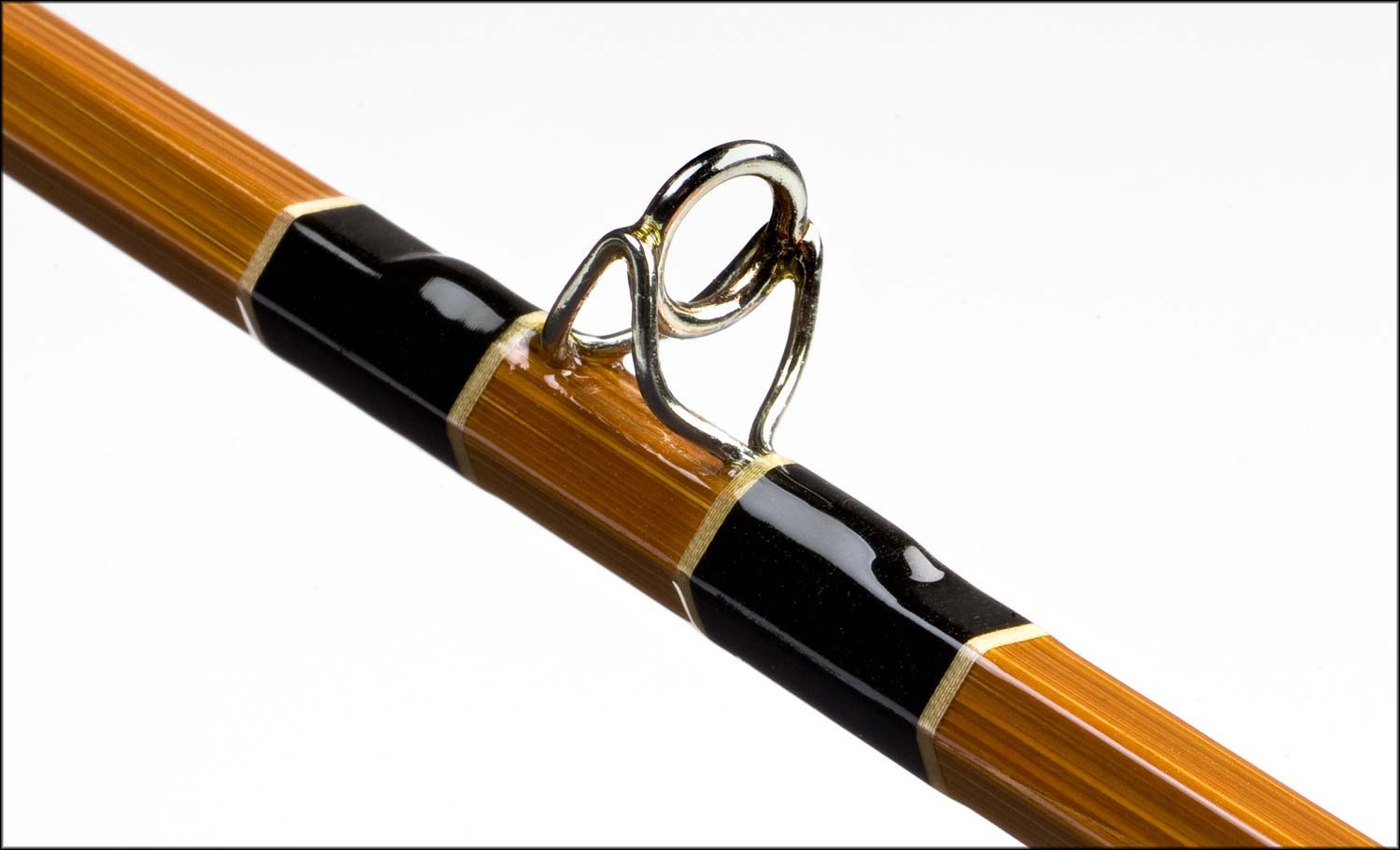
Matt Draft is back with part 5 of our bamboo fly rod restoration series.
In this video Matt will show you how to attach the guides, make beautiful silk wraps, including signature wraps, and finish all of the thread work with color preserver and varnish. We’re also including a separate video on installing the grip and reel seat.
RESTORE AN OLD BAMBOO FLY ROD #5
Check out https://www.proofflyfishing.com
Read More »Halfback Nymph in High Water
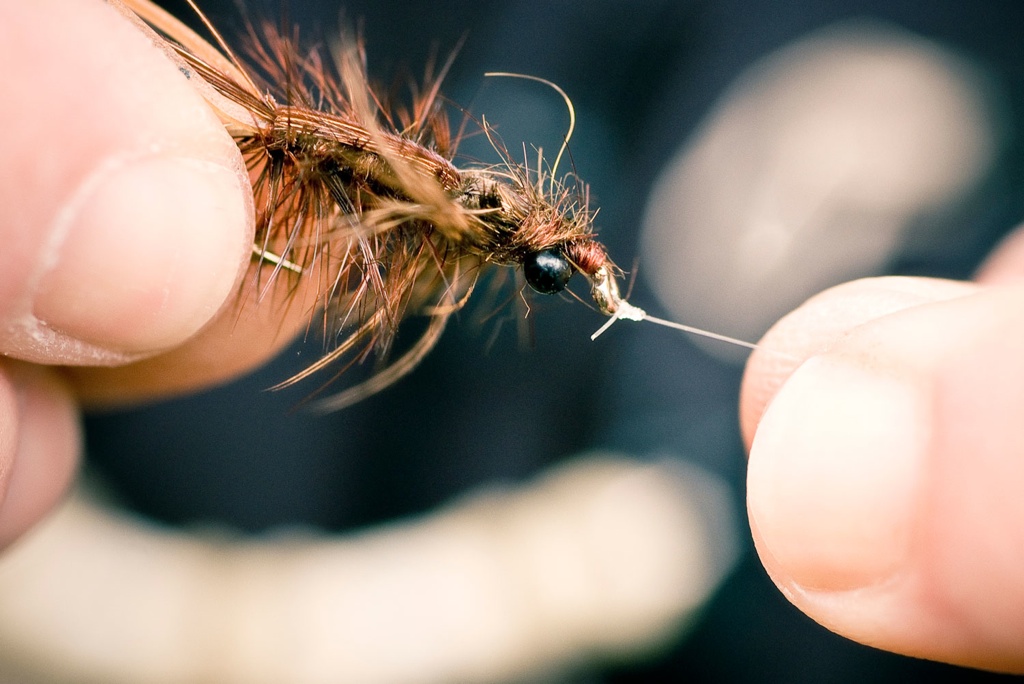
Looking for a great high water nymph pattern that will consistently fool trout?
Try tying on a halfback nymph, it’s an oldie but goodie that has produced big fish for me countless times over the years. The buggy profile of the halfback nymph does a great job of imitating a large variety of aquatic insects, and it’s large size is easy for trout to spot quickly in fast water. This nymph pattern screams “I’m a big juicy morsel, Come eat me”.
I always have at least a half dozen of these guys in my fly box. I often use the halfback nymph as my lead fly in my tandem nymph rig, and tie a 16-24″ piece of tippet off the bend of the hook with a smaller dropper nymph. You can also try substituting the standard peacock herl underbody with a more flashy dubbing material when fishing
Read More »Make The Straight Line Practice Rod: Video
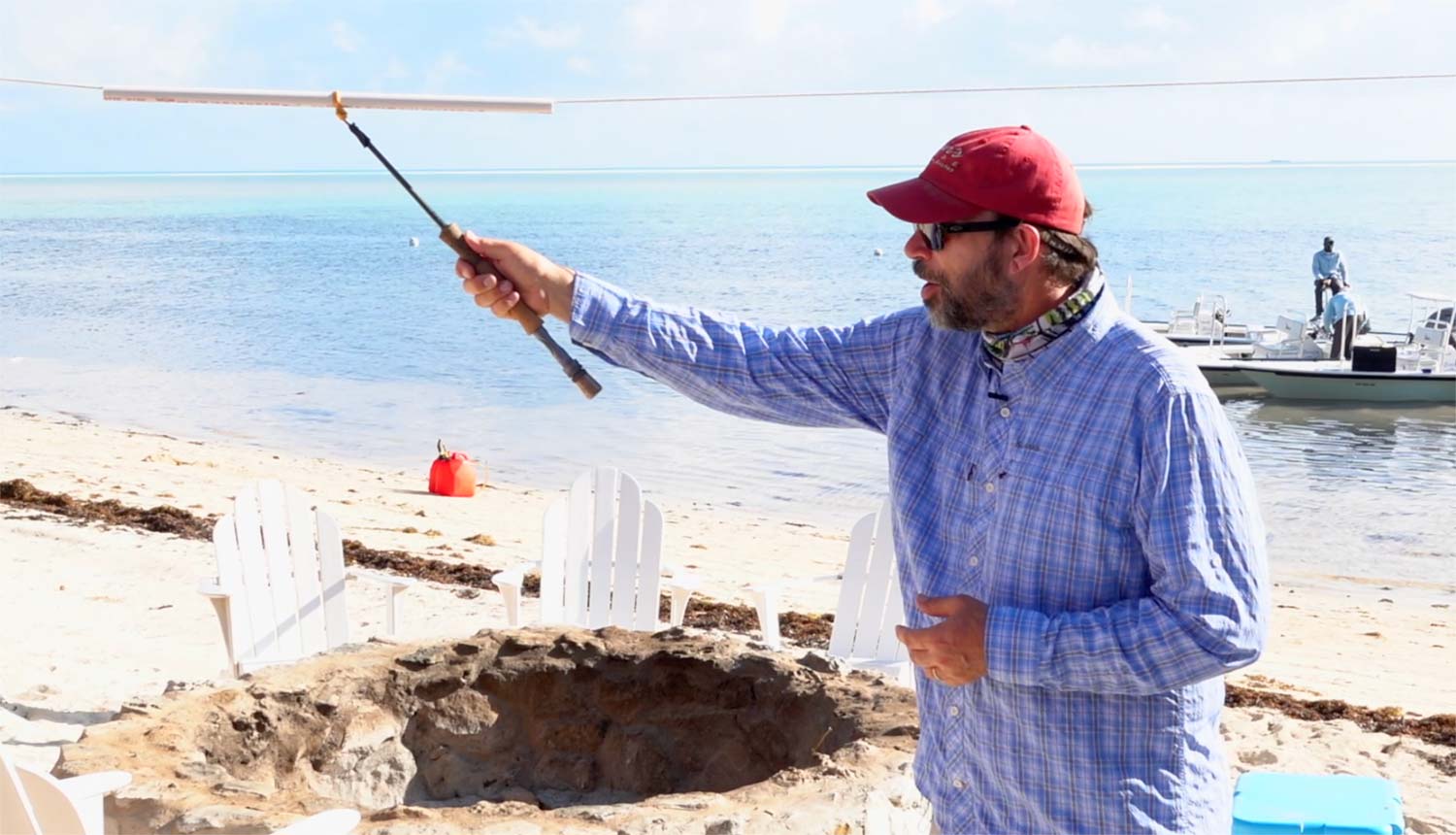
By Louis Cahill
Here’s a video on how to make a simple tool that will take your fly casting to a new level.
A few weeks back I shared a video on how to “Stop Dropping Your Rod Tip Once and For All.” In that video I show you how to use the Straight Line Practice Rod. It’s a brilliant tool, shown to me by my buddy Tim Rajeff. It’s the most effective way I have found to help anglers understand the straight line rod-tip path, the secret to making clean, tight loops. The video was very popular, but there was a problem.
In the video, I mentioned that I though Echo Fly Rods sold this thing on their sight. Echo was flooded with calls and emails asking for it. Apparently I was wrong. Since they don’t sell a version, I decided I had to make a video showing how to make one yourself. It’s incredibly simple and you can do it in your kitchen. If you take the time to make a Straight Line Practice Rod for yourself, I promise you will see a difference in your fly casting.
WATCH THE VIDEO AND LEARN TO MAKE THE STRAIGHT LINE PRACTICE ROD.
Read More »